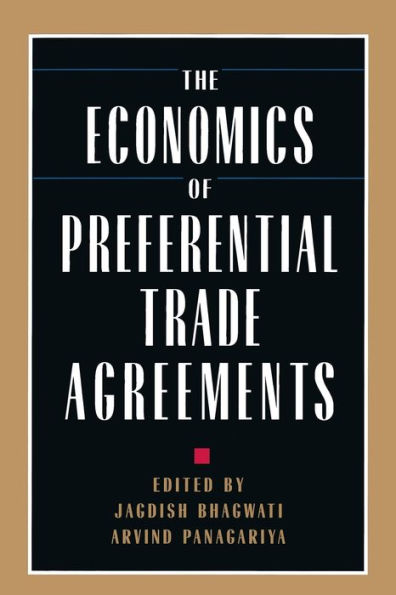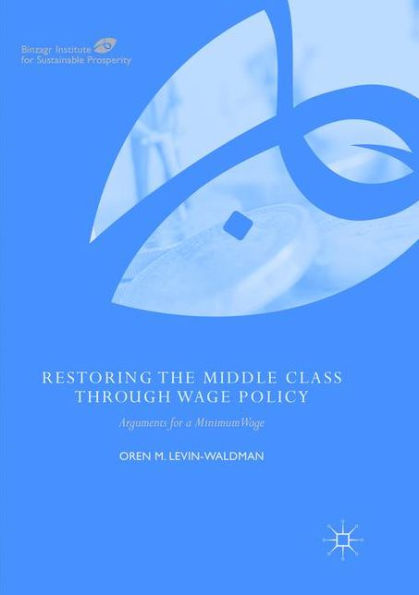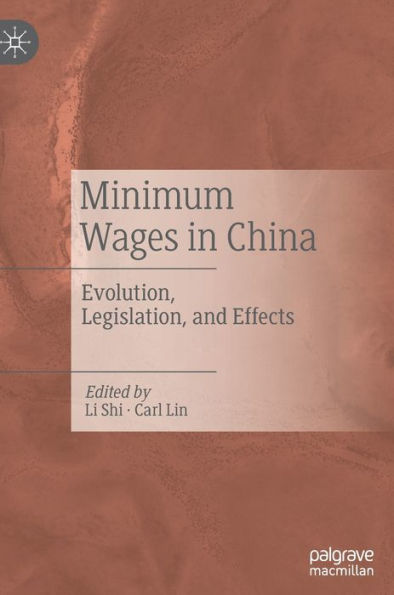Home
State Minimum Wages: An Overview
Barnes and Noble
Loading Inventory...
State Minimum Wages: An Overview in Franklin, TN
Current price: $19.95

Barnes and Noble
State Minimum Wages: An Overview in Franklin, TN
Current price: $19.95
Loading Inventory...
Size: OS
The Fair Labor Standards Act (FLSA), enacted in 1938, is the federal legislation that establishes the general minimum wage that must be paid to all covered workers. While the FLSA mandates broad minimum wage coverage, states have the option of establishing minimum wage rates that are different from those set in it. Under the provisions of the FLSA, an individual is generally covered by the higher of the state or federal minimum wage. As of January 1, 2015, 29 states and the District of Columbia will have minimum wage rates above the federal rate of $7.25 per hour, with rates ranging from $0.25 to $2.25 above the federal rate. Two states will have minimum wage rates below the federal rate and five states have no state minimum wage requirement. The remaining 14 states have minimum wage rates equal to the federal rate. In any given year, the exact number of states with a minimum wage rate above the federal rate may vary, depending on the interaction between the federal rate and the mechanisms in place to adjust the state minimum wage. Adjusting minimum wage rates is typically done in one of two ways: (1) 10 states have legislatively scheduled rate increases that may include one or several increments; (2) 11 states use a measure of inflation to index the value of the minimum wage to the general change in prices. In addition to the 11 states currently using an inflation adjustment, four states and DC have chosen a hybrid approach that provides a series of scheduled rate increases, followed by inflation indexation for future minimum wage changes. Thus, a total of 15 states and DC currently, or will in a future year, index state minimum wage rates to a measure of inflation. The remaining 25 states, some of which have minimum wage rates above the federal rate, do not have an adjustment mechanism in place. Because the federal and state minimum wage rates change at various times and in various increments, the share of the labor force for which the federal rate is the binding wage floor has changed over time. Since 1981, there have been three series of increases in the federal minimum wage rate-1990-1991, 1996-1997, and 2007-2009. During that same period, there have been numerous changes in state minimum wage policies. As a result of those interactions, the share of the U.S. civilian labor force for which the federal minimum wage is the floor has fluctuated but generally declined, and is about 39% as of the beginning of 2015.
The Fair Labor Standards Act (FLSA), enacted in 1938, is the federal legislation that establishes the general minimum wage that must be paid to all covered workers. While the FLSA mandates broad minimum wage coverage, states have the option of establishing minimum wage rates that are different from those set in it. Under the provisions of the FLSA, an individual is generally covered by the higher of the state or federal minimum wage. As of January 1, 2015, 29 states and the District of Columbia will have minimum wage rates above the federal rate of $7.25 per hour, with rates ranging from $0.25 to $2.25 above the federal rate. Two states will have minimum wage rates below the federal rate and five states have no state minimum wage requirement. The remaining 14 states have minimum wage rates equal to the federal rate. In any given year, the exact number of states with a minimum wage rate above the federal rate may vary, depending on the interaction between the federal rate and the mechanisms in place to adjust the state minimum wage. Adjusting minimum wage rates is typically done in one of two ways: (1) 10 states have legislatively scheduled rate increases that may include one or several increments; (2) 11 states use a measure of inflation to index the value of the minimum wage to the general change in prices. In addition to the 11 states currently using an inflation adjustment, four states and DC have chosen a hybrid approach that provides a series of scheduled rate increases, followed by inflation indexation for future minimum wage changes. Thus, a total of 15 states and DC currently, or will in a future year, index state minimum wage rates to a measure of inflation. The remaining 25 states, some of which have minimum wage rates above the federal rate, do not have an adjustment mechanism in place. Because the federal and state minimum wage rates change at various times and in various increments, the share of the labor force for which the federal rate is the binding wage floor has changed over time. Since 1981, there have been three series of increases in the federal minimum wage rate-1990-1991, 1996-1997, and 2007-2009. During that same period, there have been numerous changes in state minimum wage policies. As a result of those interactions, the share of the U.S. civilian labor force for which the federal minimum wage is the floor has fluctuated but generally declined, and is about 39% as of the beginning of 2015.

















